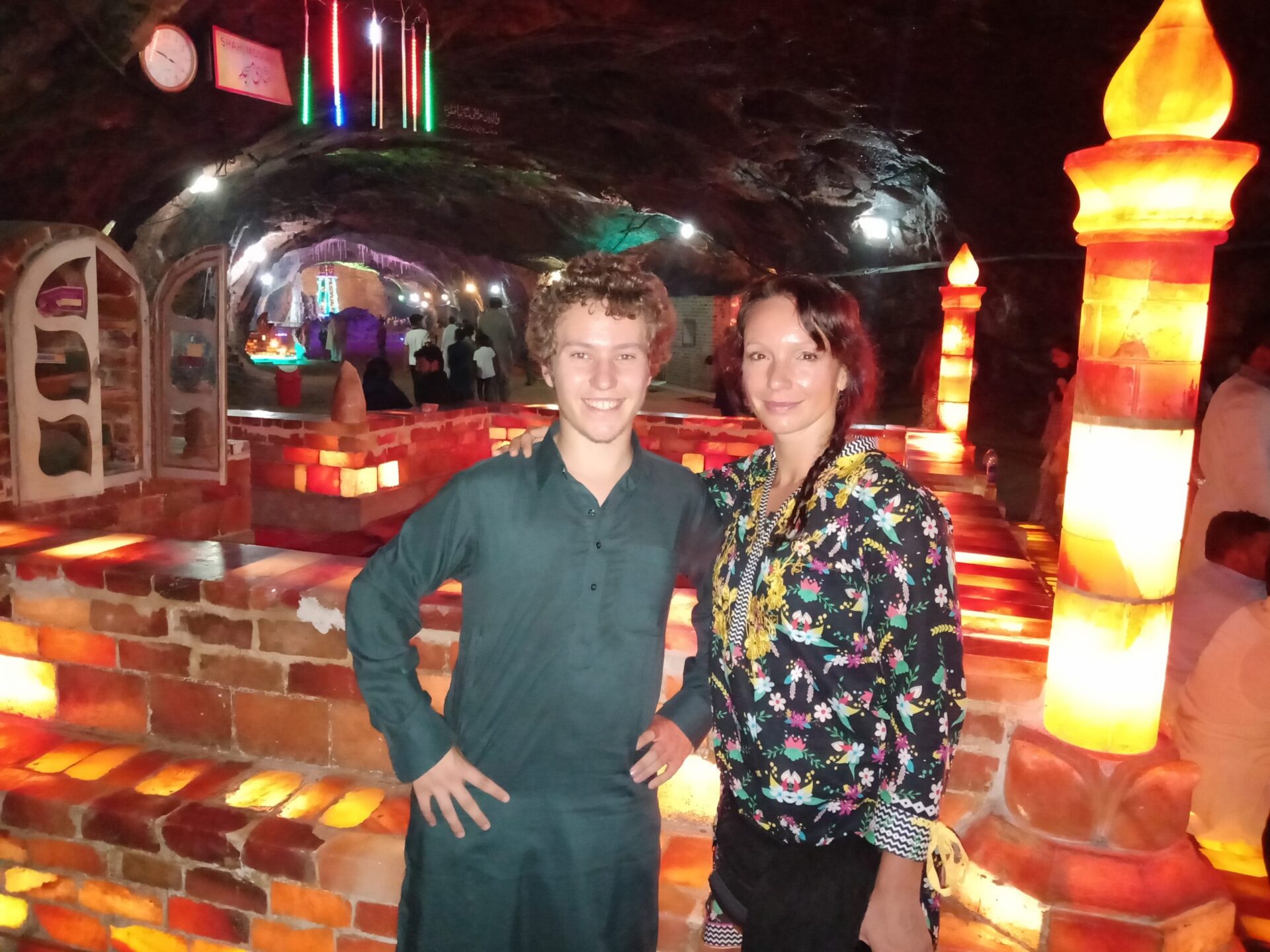1 Day Kalar Kahar & Khewra Salt Mines Tour
Kallar Kahar is famous for Kallar Kahar Lake, Takht-e-Babri and beautiful species of peacocks centre of mining is Khewra in the Salt Range where the world's largest salt mines are located.

Situated at the foothills of the Salt Range, Khewra Salt Mines are the oldest in the salt mining history of the sub-continent. Salt occurs in the form of an irregular dome like structure. There are seven thick salt seams with cumulative thickness of about 150 meters. At places rock salt is 99% pure. Salt is transparent, white, pink, reddish to beef-color red. In certain horizons it is crystalline. Inside the mine there are beautiful alternate bands of red and white color salt. There are 18 working levels. Cumulative length of all drivages is more than 40 km.
Kallar Kahar Lake is the most important reason for Kallar Kahar to be famous among tourists. It is a salt water lake. Situated at an altitude of 1500ft above sea level the lake is spread over an area of 8 kilometers. The maximum depth of lake is 4-5 feet. People enjoy pedal boating and motor boating on the lake. They also come here to spend picnics and holidays.
The famous Mughal emperor Zahir-ud-Din Babar encamped in Kallar Kahar with his armies, when he was marching from Kabul to attack on Delhi with his armies. During his stay, a throne was built for him by cutting a big rock, where he addressed his army. Later the throne was named “Takht-e-Babri”. It still exists in Kallar Kahar and working as a popular tourist attraction.
The lake and surrounding areas are also famous for being habitat of several species of birds. Most famous are peacocks. The arrival of more birds from different regions during winter in search of habitat makes this place even more attractive for tourists.
The mine is famous for its production of pink Himalayan salt, and is a major tourist attraction, drawing up to 250,000 visitors a year.[7] Its history dates back to its discovery by Alexander’s troops in 320 BC, but it started trading in the mughal era The main tunnel at ground level was developed by Dr. H. Warth, a mining engineer, in 1872 during British rule. After independence, the Pakistan Mineral Development Corporation took over the mine, which still remains the largest source of salt in the country, producing more than 350,000 tons per annum of about 99% pure Estimates of the reserves of salt in the mine vary from 82 million tons to 600 million tons.